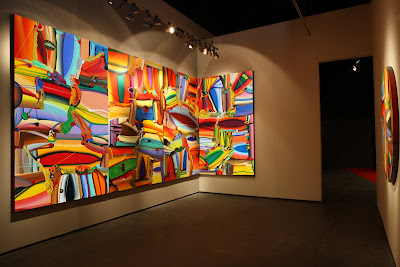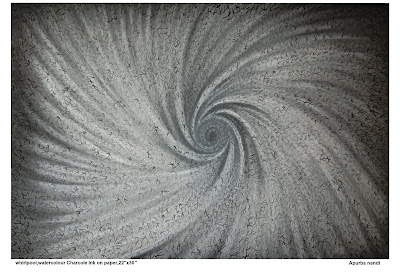
I also wanted to share this little bit of information about a talk and presentation on Career in Art Education, which will be held tomorrow at Gallery BMB in Mumbai. The talk will be delivered by Phil Whittaker, Director of Sotheby’s Institute of Art, Singapore and will include an overview of the international art markets and a presentation on potential career opportunities in the global visual arts market. Sotheby’s Institute of Art organizes a number of professional courses in art throughout the year and these vary in duration from a few days to a fulltime master’s program. The reason that I have mentioned it as part of this column, even though it is not being held in Bangalore, is because I feel strongly about the lacunae in our arts education system. As I have often suggested in the past, there is a real need to revamp and upgrade our educational programs, especially those related to the art business. After all, the art business has grown phenomenally in the last decade or so, yet apart from the regular art history and painting courses, there are hardly any other programs that cater to the affiliated services linked to art, such as art advisory services or the business aspects of the art market.
Fortunately, there is a lot of discussion going on about professional courses that can be offered in conjunction with the conventional ones at a number of academic institutes, however, how many of these will get translated into reality, we will know only in the future.
(Published in Bangalore Mirror)











